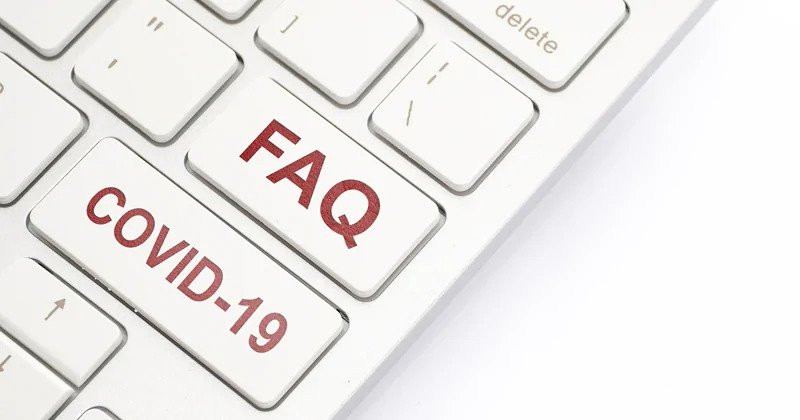When our public health system works well, we barely notice it. We are kept healthy from invisible successes, such as clean water and widespread vaccination, so we don’t think twice about public health unless a problem appears. Recently, COVID-19 has pushed public health into the spotlight as we explore how our society protects human health. Better Health Advisors created this guide (as part of our BHA’s COVID-19 Toolkit) to help you understand historical public health methods and terms that are now being frequently discussed.
Vaccine 101
- Definition: A product that stimulates a person’s immune system to produce immunity to a specific disease, protecting the person from that disease. Vaccines are usually administered through needle injections, but can also be administered by mouth or sprayed into the nose.
- History & Use: Since the late 1800s, vaccines have helped create immunity to diseases and reduced risk of infection. Vaccines imitate infections to teach the body to fight with antibodies. When 70-90% of a population is immune to a disease there is “herd immunity” or indirect protection of society’s most vulnerable.
- The COVID-19 Latest: Scientists typically spend 10-15 years on laboratory research and clinical trials to ensure vaccine safety and efficacy before public use, but currently there is unprecedented international collaboration for the COVID-19 vaccine. There are more than 100 vaccine candidates for COVID-19 and healthy volunteers started receiving doses, with the goal of having a COVID-19 vaccine available within just 18 months.
The Power of Contact Tracing
- Definition: Contact tracing is the identification and follow-up of persons who may have come into contact with a person infected with a virus.
- History & Use: This decades-old method is used to stop the spread of communicable disease. Contact tracers identify people with suspected or confirmed infection, notify those who were exposed, determine personal risk, and provide quarantine support.
- The COVID-19 Latest: Many countries are using contact tracing methods for COVID-19 and the United States is accelerating its efforts through new public-private partnerships, such as one between New York State and Bloomberg Philanthropies, to hire contact tracers. Experts from Johns Hopkins believe 100,000 contact tracers are needed for the national COVID-19 response. Also, Google and Apple are collaborating to develop software that will enhance contact tracing.
Viral Testing vs. Antibody Testing
- Definitions: Viral tests check the respiratory system for current infection and antibody tests check the blood for past infection.
- History and Use: Since the 1990s, viral testing has been used to identify infections in the body, which is important for isolating those infected. Antibody testing is used to identify the presence of antibodies, or proteins that fight infection, to test if they have past experience and immunity to a virus.
- The COVID-19 Latest: The United States is ramping up its COVID-19 viral and antibody testing capabilities. Yet, there is debate about the accuracy of antibody tests with Johns Hopkins experts citing an unacceptable range of false positives at 5-16%. Also, even if someone has COVID-19 antibodies, they could become reinfected. As more knowledge is gained and data is collected about COVID-19, the tests could become more useful.


.jpeg)
